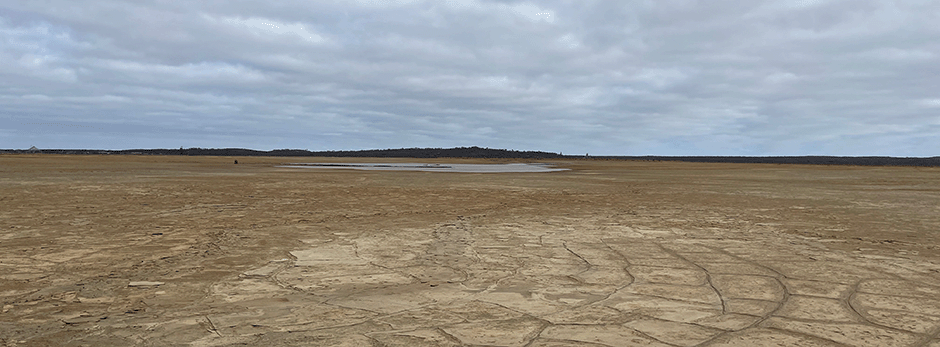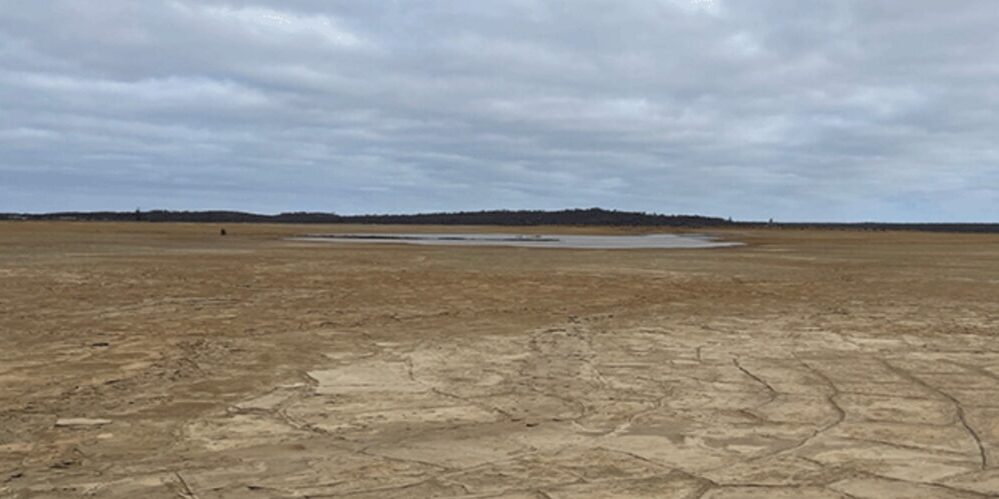Partnering With BHP For Long-Term Risk Reduction – SRK
By Pepe Moreno

Construction works at a TSF in Argentina
AUTHORS
PUBLICATION INFO
Date:October, 2022First Presented:SRK News Issue #65
Tailings Management
Tailings storage facilities (TSFs) represent one of the most critical liabilities associated with the mining industry. With the spotlight focused on ESG, investors and communities perceive the risk posed by TSFs as less tolerable than ever before. There has been a shift in how these facilities are managed, with a focus on sustainability and proactive tailings management strategies.
The response from the industry, and community in general, was a deep concern that mining houses did not have a good grasp of the risks related to TSFs, and a general sentiment that closer scrutiny of the quality of the design, operations and closure of TSFs was required. This is how the Global Industry Standard on Tailings Management (GISTM) was presented to the community – as a vehicle to restore confidence that our mining industry can operate in a more sustainable manner.
The process of implementing the GISTM at the Olympic Dam operations has been very positive in improving transparency and ensuring there is accountability for systems and structures. A few years before the launch of the GISTM, BHP appointed SRK as the Engineer of Record (EOR) for its Olympic Dam (BHPOD) operations. Pepe Moreno assumed the EOR role, with Joe Rola as a deputy EOR. Since then, SRK has provided support to BHPOD on a wide range of services, working in partnership with BHPOD’s responsible dam engineer and dam team.
Olympic Dam has six upstream tailings dams and six evaporation ponds, with some of these being dormant. Since appointment to the EOR role in 2017, SRK has introduced many initiatives and designs to reduce the risk profile of all facilities.
BHPOD and SRK have invested significant resources to evaluate the fundamental behaviour of the Olympic Dam tailings, including advanced in situ and laboratory testwork employing critical state soil mechanics theory. The staged approach used in this investigation has assisted BHPOD to gain more confidence in the evaluation
of TSF stability in the short and long term, and now also in worst-case liquefaction conditions. The investigation findings have been used to design appropriate mitigation measures and targeted monitoring programs.
In 2019, ANCOLD published an addendum to its original Guidelines on Tailings Dams (ANCOLD, 2012), which recommended additional governance requirements and introduced a more defined set of loading conditions related to undrained shearing such as static liquefaction – when materials can develop contractive brittle behaviour during shearing. This was reinforced in 2020 with the GISTM requiring brittle failure modes to be assessed and addressed. The substantial body of work completed by SRK has enabled BHPOD to address these elements of the standards, and allowed SRK to complete a quantitative risk assessment within reasonable accuracy.
![]()





